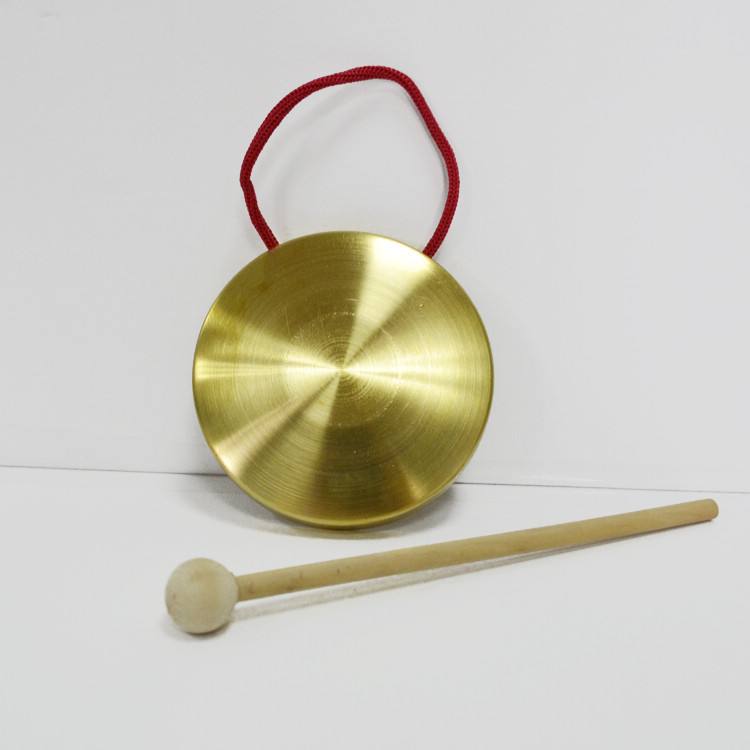Structural composition and characteristics of small gongs
455 views · Organized by 小何 on 2022-02-18
The small gong is a circular arc, mostly made of copper, with a diameter of about 22 cm, a slightly raised center, and no rope. It is fixed by its own frame around it; the gong is a wooden beam. There are various sizes of gongs. When playing small gongs, use the left hand to hold the gong body and the right hand to strike the gong; large gongs must be hung on the gong stand to play. Its tone is bright and crisp. Small gongs are also called Jingxiao gongs in Peking Opera. They and big gongs strike with the rhythm of performance movements in Peking Opera, playing a role of foiling and strengthening. In gongs and drums, in addition to sometimes highlighting its timbre characteristics, it also strikes flower points, which has the effect of enriching the ensemble.

Involving musical instruments
iao Gong (pinyin: xiǎo luó), named for its small size. Copper, round, about 22 cm in diameter, slightly raised in the center, not tied. When playing, use your left finger to hold the inner edge of the gong, and hold a thin wood chip in your right to strike the sound. Its sound is bright and crisp.
Guess you like
Organized by chen on 2022-02-18
The small gong has no fixed pitch. When playing, the index finger of the left hand raises the edge of the gong, the thumb is placed on the edge of the gong to prevent the gong from slipping, and the little finger is placed close to the inner surface of the gong light to facilitate the sound.
read >>
 渝公网安备 50010702504639号
渝公网安备 50010702504639号